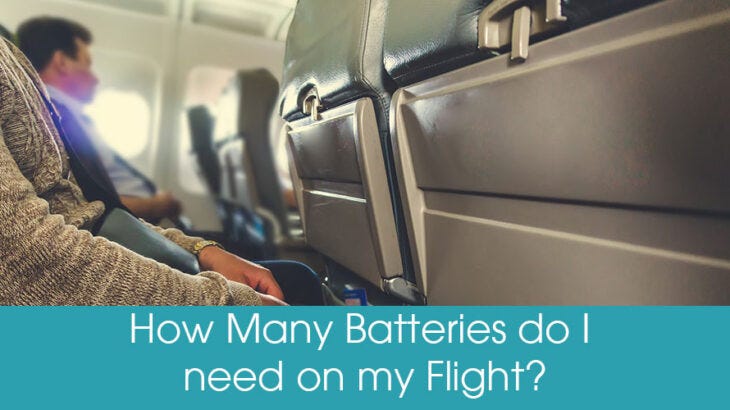
Over the past several months, the NHOPA Executive Office has received many inquiries concerning the number of POC batteries that are needed for specific airline travel. For example, one individual was trying to schedule a flight from Fairbanks, Alaska to Atlanta, Georgia to visit close friends. Another individual was planning a business trip from Portland, Oregon to New York City.
From our research on POC batteries, we found that the general rule of thumb is to plan for one and one half -times the length of the flight including layovers. For example, if you book a five hour non-stop flight you will need approximately 7.5 hours of batteries.



